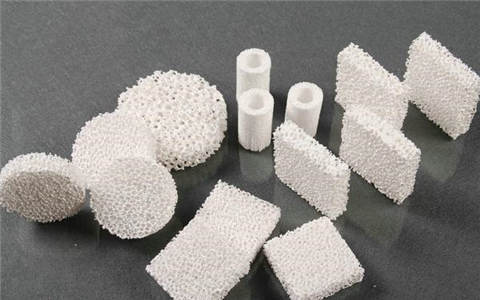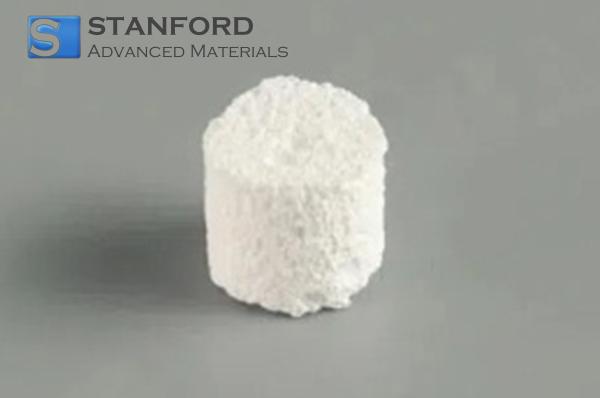When we hear the word “ceramics,” we usually think of fragile items like dishes and vases. But in the eyes of scientists and doctors, a special material called “bioceramics” is quietly revolutionizing medicine. It’s no longer a display piece in a cabinet but a “life engineer” capable of being implanted into the human body to repair or even rebuild our bones and teeth. So, where exactly does this remarkable bioceramics make a difference?

A Loyal Stand-In for Bones
Although human bones are strong, accidents, cancer removal, or conditions like osteoporosis can sometimes cause significant bone loss. In such cases, using the patient’s own bone from another body part is a good solution, but the supply is limited, and it creates a second injury site. Donor bone from others, on the other hand, carries risks of rejection and disease transmission.
Bioceramics, especially hydroxyapatite and tricalcium phosphate, perfectly solve this problem. Their chemical composition is very similar to the mineral part of human bone. When these materials are made into porous scaffolds and implanted into the damaged area, they act as a temporary framework. They provide sturdy mechanical support, and even better, they can attract the body’s own bone-forming cells to migrate in, settle, multiply, and lay down new bone matrix. Meanwhile, the bioceramic scaffold gradually degrades and is absorbed by the body, eventually being completely replaced by new, natural bone—a temporary “implant” silently transforms into permanent, living tissue. This ability to “guide tissue regeneration” is the core contribution of bioceramics in orthopedics.
Tricalcium Phosphate from Stanford Advanced Materials (SAM)
The Invisible Guardian of Your Teeth
In dentistry, bioceramics have equally transformed treatment approaches.
In the past, after a root canal treatment for a decayed tooth, a metal post was often used for reinforcement. Now, posts and restorative materials made from bioceramics offer a superior alternative. They provide sufficient strength, and their excellent biocompatibility avoids potential issues like allergies or gum discoloration sometimes associated with metals, achieving a combination of function and aesthetics.
A more significant change is in filling materials. Traditional silver amalgam fillings are not aesthetically pleasing and can leak over time due to expansion and contraction. Modern materials widely used in dentistry, like glass ionomer cements and resin-modified ceramics, are essentially part of the bioceramics family. They not only bond chemically to the tooth structure for a better seal but can also slowly release fluoride ions, helping to prevent new cavities around the filling. They are like “smart fillings” that actively defend your teeth.
Future Possibilities
The potential of bioceramics extends much further. Researchers are actively developing more advanced “next-generation” bioceramics with complex functions.
For instance, coating metal joint implants with bioactive silicate ceramics can significantly improve the bond between the implant and the natural bone, reducing loosening and extending the implant’s lifespan. Certain specialized ceramics, like zirconia, known as “ceramic steel,” have become the material of choice for making artificial hip joint balls and dental crowns due to their exceptional strength and wear resistance.
On the cutting edge, scientists are experimenting with combining bioceramics with growth factors or antibiotics, creating “smart” bone graft materials that can actively stimulate blood vessel growth or provide a localized, sustained release of drugs to fight infection. This suggests that bioceramics are evolving from a passive structural material into an active biological platform that can direct and participate in the body’s own healing processes.
